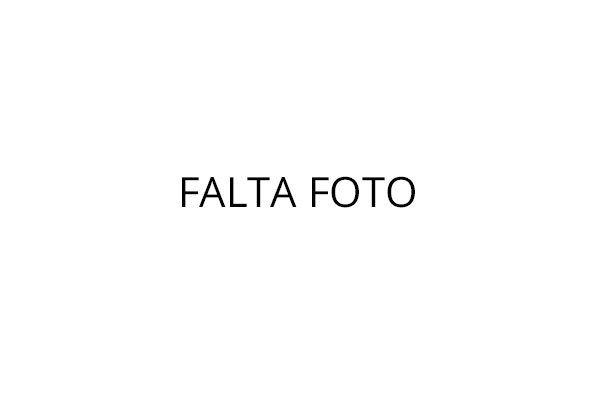Cryo-Electron microscopy analysis of soft matter: organic and hybrid nanomaterials
Conventional TEM requires high vacuum inside the microscope column, therefore all samples need to be dried out before observation. Cryo-TEM is a good alternative for the direct observation of liquid samples in its original state: specimens are vitrified in liquid ethane or propane and analysed in the microscope at low temperature. The vitrification method is based in a very fast sample cooling that prevents the formation of crystalline ice. Moreover, the thin layer of amorphous ice formed during the vitrification process protects the material from electron beam damage.

Thermofisher Vitrobot© for automated vitrification (left). The vitrified grid is handled. in a liquid nitrogen atmosphere and then placed in a Cryo-holder, Gatan (right)
It is an optimal technique for the observation of proteins, polymers, hydrogels, organic vesicles, micelles, mixed organic/metallic nano-objects or small cells (ideally smaller than 1µm). It avoids the artifacts resulting from the addition of staining contrast agents.

The vitrification process is achieved in a Thermofisher Vitrobot©: A 3 µl drop of an aqueous suspension of the material is placed on a TEM Quantifoil© carbon grid, the excess of water is blotted away at the Vitrobot© with filter paper and the grid is freeze-plunged in liquid ethane. Samples are then transferred under liquid nitrogen atmosphere to a Gatan TEM cryo-holder equipped with a liquid nitrogen reservoir. That way samples are handled and observed at T=100K.
Since organic samples are highly beam-sensitive, Thermofisher’s Low-Dose software is used during cryo-TEM observation to control the electron dose and therefore prevent beam damage on the sample.
All the analytical tools of the TEM equipment, such as Electron Diffraction, EDS and EELS spectroscopy can be used in cryo-conditions to obtain additional structure and composition information of the vitrified samples.

Laboratorio de Microscopías Avanzadas
We are a unique initiative at national and international levels. We provide the scientific and industrial community with the most advanced infrastructures in Nanofabrication, Local Probe and Electron Microscopies for the observation, characterization, nanopatterning and handling of materials at atomic and molecular scale.
Contact information
Campus Río Ebro, Edificio Edificio I+D+i
Direct Links
© 2021 LMA | Website developed by o10media | Política de privacidad | Aviso legal | Condiciones de uso | Política de Cookies |







